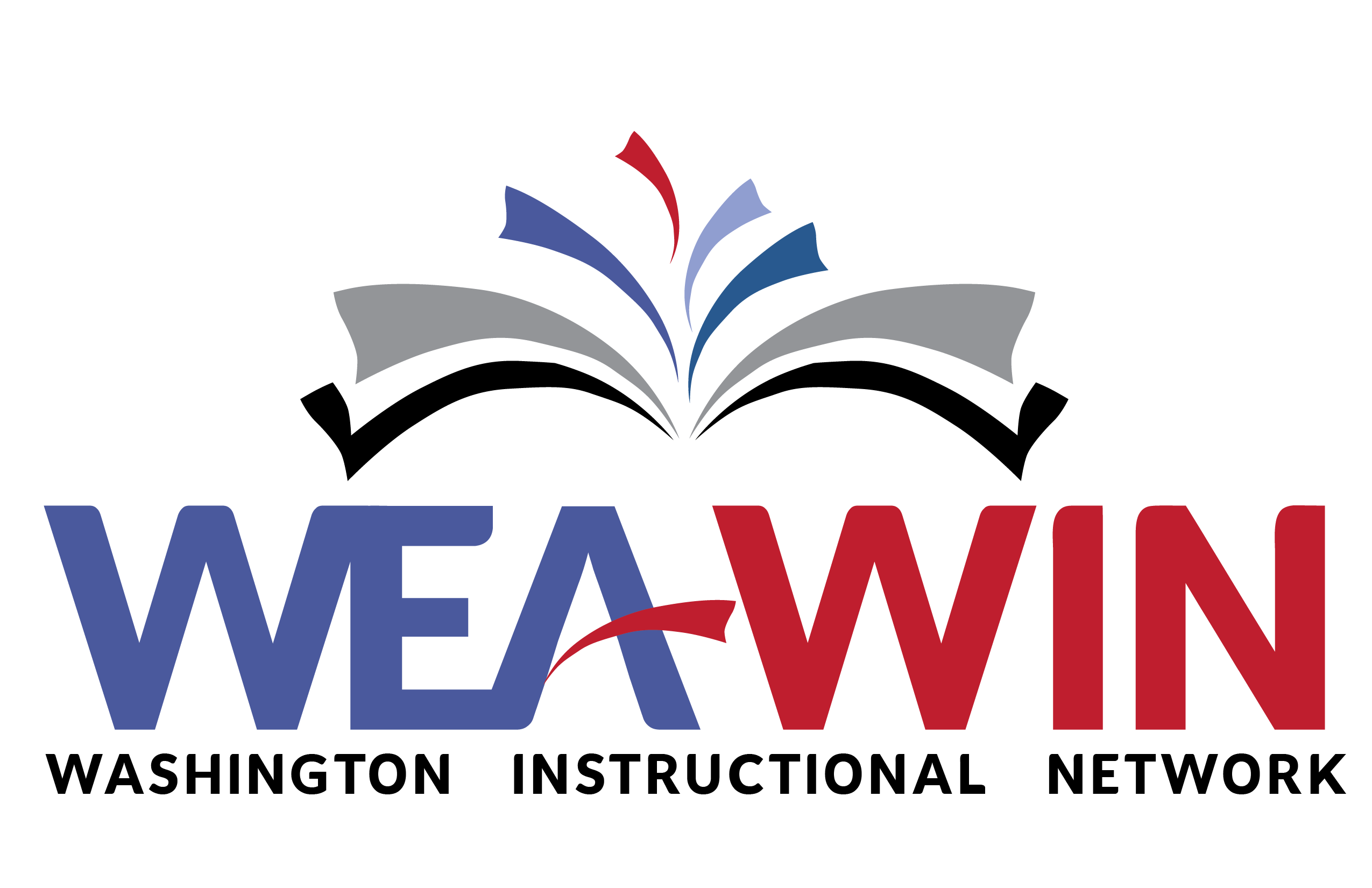Event Information
Join us for an engaging and important course focused on addressing the disproportionate representation of multilingual and multicultural students in special education.
In this two session course, we will discover how to build strong connections with students and their families, and explore effective interventions, strategies, accommodations, and culturally responsive assessment tools that promote equity in the classroom.
This course will also provide a brief overview of best practices to support multilingual and multicultural students receiving special education services.
Together, we can create a more inclusive and supportive educational environment for all learners.
Session 1: Monday, December 1, 2025, 5pm - 7pm
Session 2: Wednesday, December 3, 2025, 5pm - 7pm
Waitlist Limit: 0/250
Courses
Understanding and Supporting Multilingual and Multicultural Students (Equity) (4hr)
 Clock Hour
Clock Hour
Course Description
This course investigates the disproportionate representation of multilingual and multicultural students in special education and explores ways to reduce this imbalance. By building strong connections with students and their families and implementing effective interventions, strategies, accommodations, and culturally responsive assessment tools, educators can create a more equitable learning environment. Additionally, the course provides a brief overview of best practices for supporting multilingual and multicultural students receiving special education services.Course Objectives
Course Objectives*
• Analyze Disproportionality: Identify and examine the factors contributing to the disproportionate representation of
multilingual and multicultural students in special education.
• Build Cultural Awareness: Develop a deeper understanding of the cultural backgrounds, behaviors, and unique
needs of multilingual and multicultural students and their families.
• Implement Effective Interventions: Explore and apply appropriate strategies, accommodations, and interventions
to support multilingual and multicultural students in the classroom.
• Utilize Culturally Responsive Assessments: Learn to select and use appropriate assessment tools that account for
linguistic and cultural differences to ensure accurate identification and placement of students.
• Support Special Education Needs: Gain insights into best practices for effectively supporting multilingual and
multicultural students who receive special education services.

